Frida Kahlo
Frida Kahlo was already way ahead of her time when it came to self-expression and authenticity – qualities that would make her an absolute powerhouse on social media today. She built her entire artistic career around painting herself, creating these incredibly raw and honest self-portraits that didn’t shy away from pain, passion, or politics. Long before anyone knew what a “personal brand” was, Frida was putting her most vulnerable self out there for the world to see, turning her own face and experiences into her signature style.
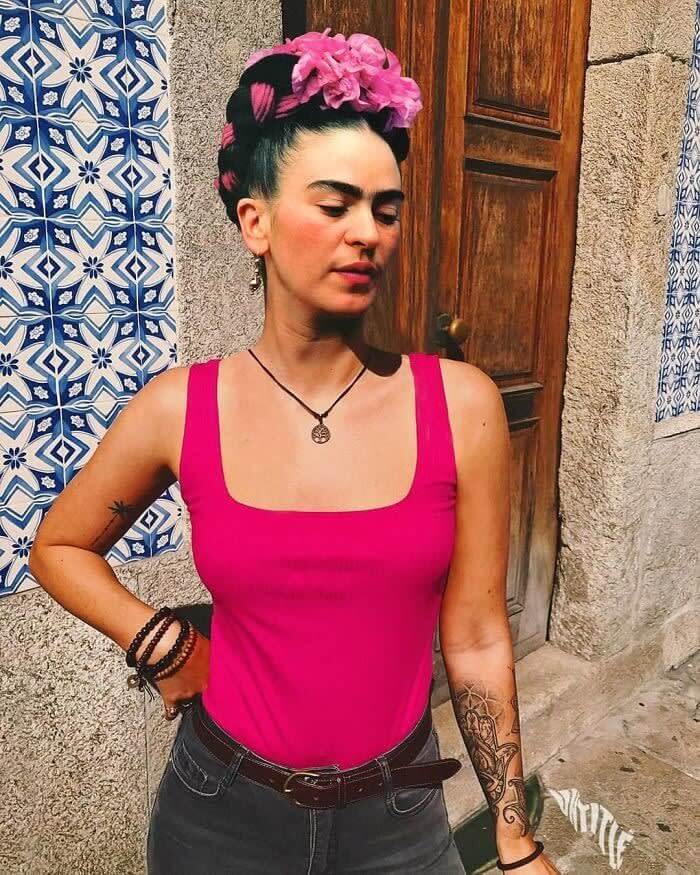
What really would have made her social media gold is how she never separated her art from her activism. When she married Diego Rivera, she didn’t just become the wife of a famous artist – she dove headfirst into communist politics and used her platform to champion causes she believed in. More than half a century after her death, she’s become this massive feminist icon, which just goes to show how timeless her message really was. If Instagram had existed in the 1940s, you can bet Frida would have been the kind of influencer who mixed stunning visuals with serious social commentary, never afraid to ruffle feathers or start important conversations.
Mona Lisa
Let’s be honest – the Mona Lisa was probably the world’s first viral sensation, and she didn’t even need the internet to pull it off. Everyone knows that enigmatic smile, even people who couldn’t care less about art, which is pretty incredible when you think about it. She’s been hanging in the Louvre for centuries, drawing millions of visitors who wait in massive crowds just to catch a glimpse of her face. The woman who posed for Leonardo da Vinci probably had no idea she was about to become the most famous face in human history, but here we are, still obsessed with her mysterious expression.
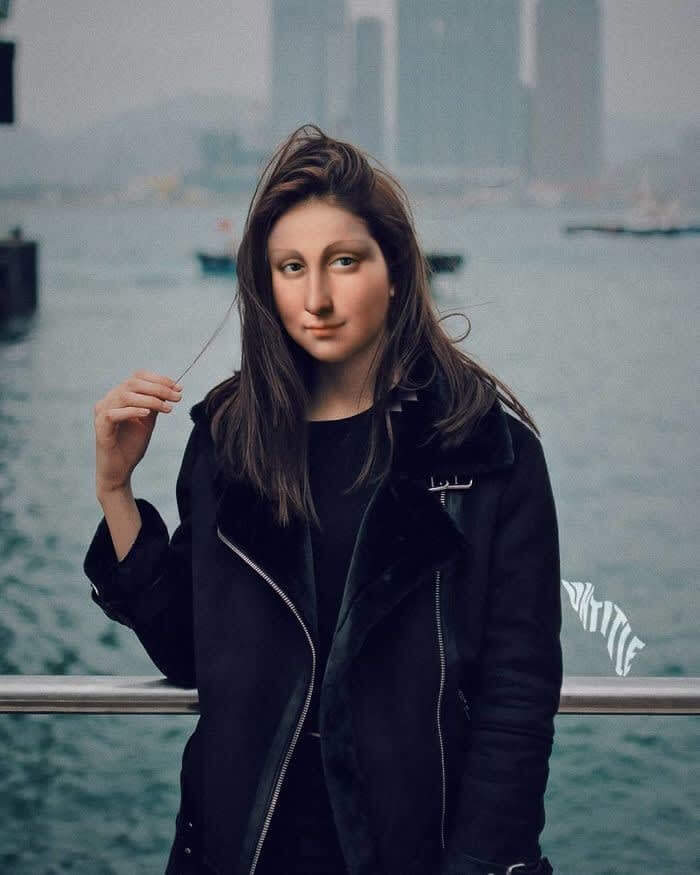
What’s wild is how she’s managed to stay relevant across every generation and every form of media imaginable. The painting has been called the most visited, most written about, most parodied work of art in the entire world – basically, she’s the ultimate influencer who never had to post a single selfie. People have been trying to figure out what she’s thinking for over 500 years, which is the kind of engagement most social media stars can only dream of. If she were around today, that subtle smile and those knowing eyes would probably break the internet on a daily basis.
Vincent Van Gogh
Vincent van Gogh was basically the ultimate tortured artist who poured his entire soul into his work, which would have made him absolutely magnetic on social media. This guy produced over 2,000 pieces of art in just about a decade – that’s the kind of creative output that would put today’s most prolific content creators to shame. He wasn’t just casually dabbling in painting either; he was creating masterpieces like “The Starry Night” and countless self-portraits that showed this raw, emotional intensity that people are still drawn to more than a century later.
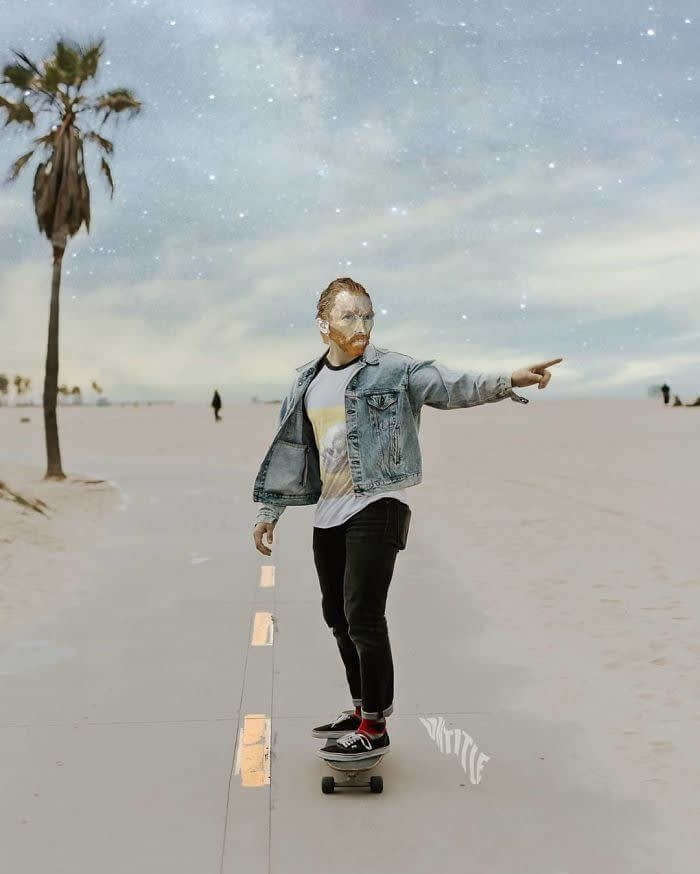
What’s fascinating is how Van Gogh never got to see his own fame during his lifetime, but his passionate, almost obsessive approach to art has made him one of the most beloved figures in Western art history. If Instagram had existed back then, you can imagine him posting daily updates from his studio, showing off his latest swirling skies or sunflower paintings with captions that were probably way too deep and philosophical for most people to handle. His authentic struggle with mental health and his refusal to compromise his artistic vision would have resonated with so many people who feel like outsiders – he would have been the kind of influencer who attracted followers not for his lifestyle, but for his brutal honesty about the creative process.
Salvador Dali
Salvador Dali was essentially the master of making people do double-takes, which would have made him an absolute sensation in today’s social media world. This Spanish surrealist had this incredible ability to paint the most bizarre, dreamlike images with such technical precision that you couldn’t help but stare at them for hours trying to figure out what the hell was going on. Those melting clocks, impossible landscapes, and twisted figures that seemed to come straight out of nightmares – or maybe the most vivid dreams you’ve ever had – were all painted with the kind of skill that made other artists jealous.

What would have made Dali perfect for the influencer age is how he turned his own subconscious mind into content gold. The guy literally painted his dreams and called it art, which is basically what half of TikTok is trying to do today, except he actually had the technical chops to pull it off. More than a century after his time, people are still mesmerized by his work because he managed to tap into something universal about the weird, surreal thoughts that float around in everyone’s head. If he were around today, his Instagram would probably be this wild mix of impossible imagery and philosophical captions about the nature of reality that would have art students and psychology majors equally obsessed.
Pablo Picasso
Pablo Picasso was one of those artists who completely revolutionized how we think about art, and he’d probably be dominating every social platform if he were around today. This Spanish master wasn’t just a painter – he was a sculptor, printmaker, ceramist, basically a creative force who could work in any medium and make it look effortless. His most famous piece, “Guernica,” came from a place of pure rage and heartbreak after witnessing the devastating bombing of the Basque city during the Spanish Civil War in 1937. That painting isn’t just art; it’s a visceral scream against the horrors of war that still gives people chills today.
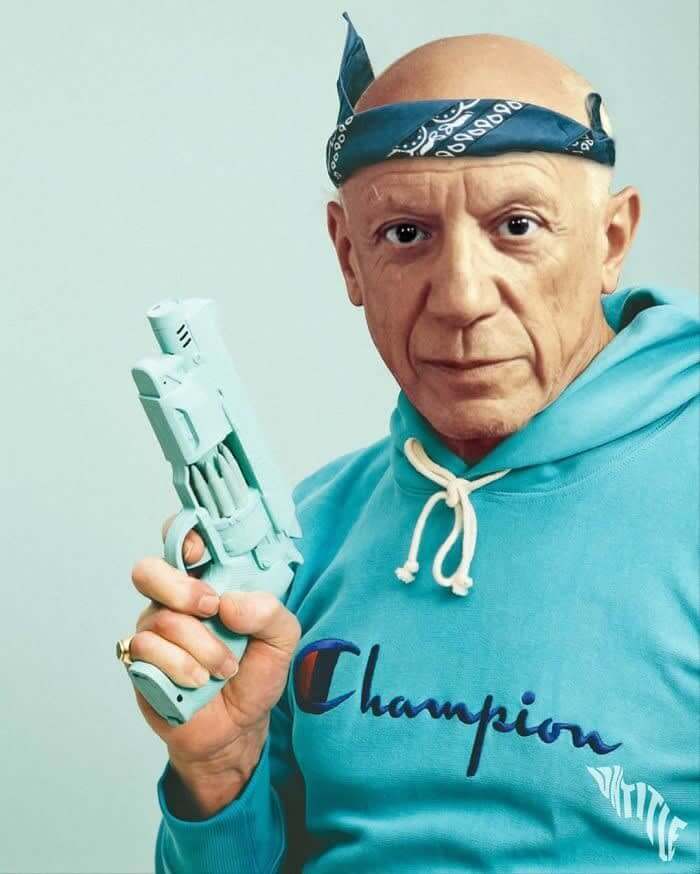
What would have made Picasso absolutely unstoppable on social media is how he never played it safe or stuck to what people expected from him. He was constantly reinventing his style, pushing boundaries, and creating art that made people uncomfortable in the best possible way. “Guernica” shows his ability to channel real-world tragedy into something that forces viewers to confront difficult truths – the kind of powerful, politically charged content that would have sparked endless conversations and debates online. He had this rare combination of technical genius and fearless social commentary that would have made him the type of influencer who could make you think, feel, and question everything all at once.
Girl With A Pearl Earring
There’s something absolutely captivating about the “Girl with a Pearl Earring” that has kept people obsessed for centuries, and honestly, she’d probably break Instagram if she existed today. Johannes Vermeer painted this masterpiece that’s now worth over £6 million, and it’s earned the nickname “Mona Lisa of the North” for good reason – that direct gaze and mysterious expression have this magnetic quality that makes you feel like she’s looking right into your soul. Unlike the Mona Lisa’s subtle smile, this girl has this almost vulnerable, questioning look that feels incredibly modern and relatable.
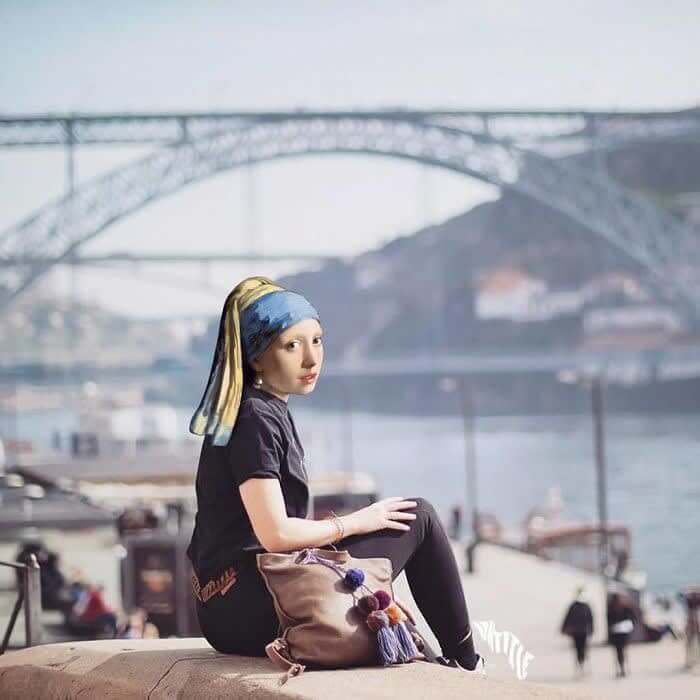
What makes her so perfect for today’s social media world is that combination of mystery and accessibility that would translate perfectly to the influencer space. She’s got that “effortless beauty” thing down pat – no heavy makeup, just that stunning pearl earring as her signature accessory and this natural, glowing skin that beauty bloggers spend fortunes trying to recreate. The way Vermeer captured the light hitting her face and that pearl would have made for the kind of content that gets millions of likes without even trying. UntitledSave really nailed it with this modern interpretation – she’s got that timeless appeal that would work just as well in a Renaissance painting as it would in a perfectly curated Instagram feed.
Rene Magritte
Rene Magritte was basically the king of making people question everything they thought they knew about reality, which would have made him an absolute genius at creating viral content. This Belgian surrealist had this incredible talent for taking the most ordinary, everyday objects and placing them in completely bizarre contexts that would mess with your head in the best possible way. A bowler hat floating in mid-air, an apple covering someone’s face, a train coming out of a fireplace – he turned the mundane into the mind-bending, forcing people to do double-takes and really think about what they were seeing.
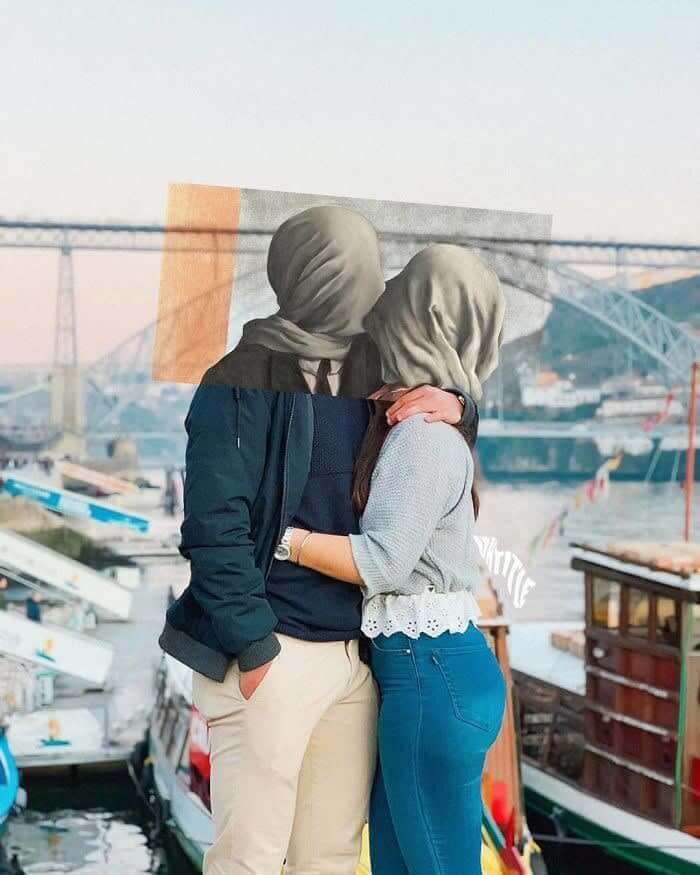
What would have made Magritte perfect for today’s social media landscape is how his art was essentially visual riddles that begged to be shared and discussed. His whole thing was challenging people’s perspectives and making them see beyond the obvious, which is exactly the kind of content that gets people commenting, sharing, and debating in the comments section. He wasn’t just creating pretty pictures – he was creating conversation starters, the kind of thought-provoking posts that would have philosophy students and casual scrollers equally hooked. If he were around today, his feed would probably be filled with these perfectly composed images that look normal at first glance but reveal something completely unexpected the longer you stare at them.
